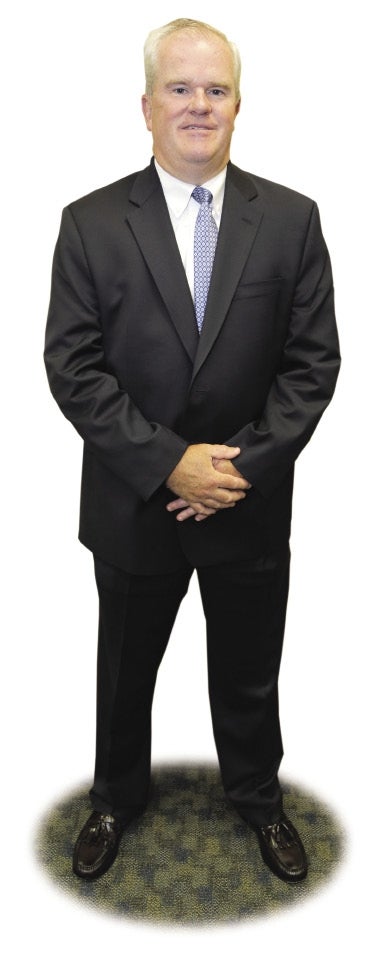
Hudson and Westborough may not have contiguous borders, but their hometown savings banks came together seven years ago in a $20.6-million merger, forming what is now Avidia Bank. Mark R. O’Connell, president and CEO at Hudson Savings Bank at the time of the link-up with Westborough Savings Bank, has been at the helm of Avidia since the two institutions became one.
What are one or two of the biggest challenges for a community bank like Avidia today?
I think the regulations we’re under through the federal government, as well as the interest-rate environment we’re in right now. Interest rates are at all-time lows. (That) makes it tough when you’re issuing mortgages in the 3-percent range. You have to have a very low cost of funds.
How has the merger of Westborough and Hudson savings banks helped Avidia’s competitiveness?
By gaining more size, it’s allowed us to invest more in technology and people, and allowed us to become much more competitive in the commercial lending area, particularly.
You were just referring to interest rates. How has Avidia stayed competitive in a long-running, low- interest-rate environment?
Everybody’s offering low interest rates right now, so our rates are as good as anybody else’s. But the problem is the general sense of people out there who have savings. They’re just getting sick of these low rates, especially retired people who live on a fixed income. So a lot of them are trying to find other alternatives, in many cases, leaving the banking industry altogether, going into mutual funds, bond funds, who knows, maybe into real estate.
You mean to say more retired people are investing in riskier investments?
A lot (of money has) left banks (where it was) sitting in CDs. Most of that CD money tends to be with retirees, who want a risk-free rate of return. Eight years ago, you could get anywhere from 3 to 5 percent, 6 percent sometimes. Now you’re getting 1, 2 if you go out long. That’s taking a lot of cash out of the pockets of retirees.
You also referred to technology. Has technology been more of a disruptor or an enabler for Avidia?
I think it’s been an enabler. We don’t have as many locations as Bank of America but we can offer mobile banking, we can offer online banking. We have the debit card abilities that everybody else has.
It’s been a few years, but how do you implement such an undertaking as the merger between the two banks without creating a lot of stress on employees?
There was stress at the time. We did not terminate any people (then). And (a lot of) the remaining (people) were at branches and they’re still there today. The operations staff, we did merge together. Over time, some of them did leave. There was a little bit of pain during that period, probably the first 12 to 18 months. But after that everything has gone very smoothly.
The bank had a healthy gain in net income between 2012 and 2013. How did it accomplish that?
We had a very active mortgage market at that point (2013). And we have a pretty solid residential lending team, and they generate a lot of loan activity for us. That generated a lot of income. In addition, our commercial loan growth was very good. And the last thing is that the quality of our existing loan portfolio improved.
What do you see as a bigger threat to community banks: Large banks or credit unions?
I don’t know if one’s a lot bigger threat than the other. Credit unions are threats to community banks because many of them are approximately the same size as we are. But the big banks have so much power because of their pure size.
Video

